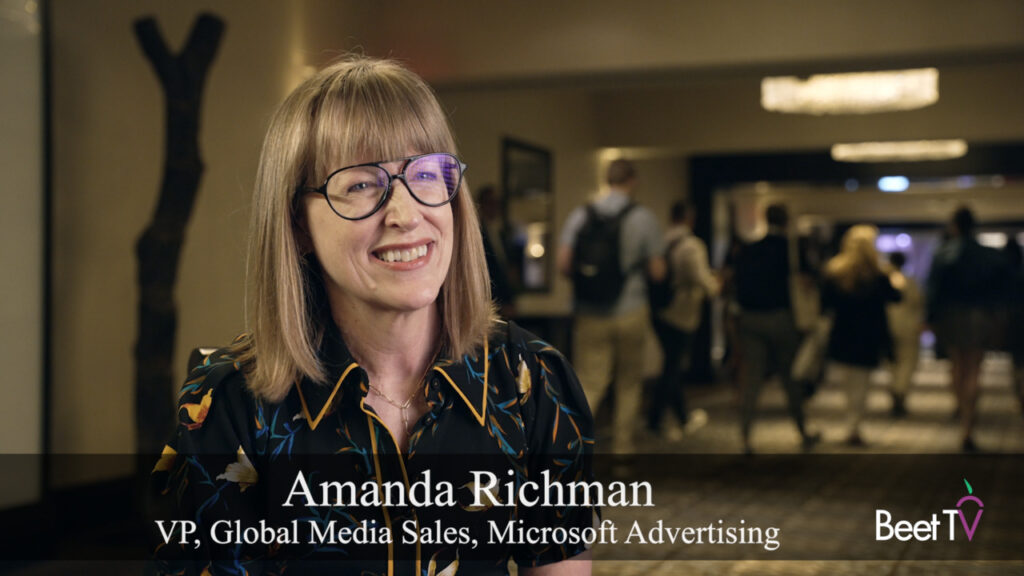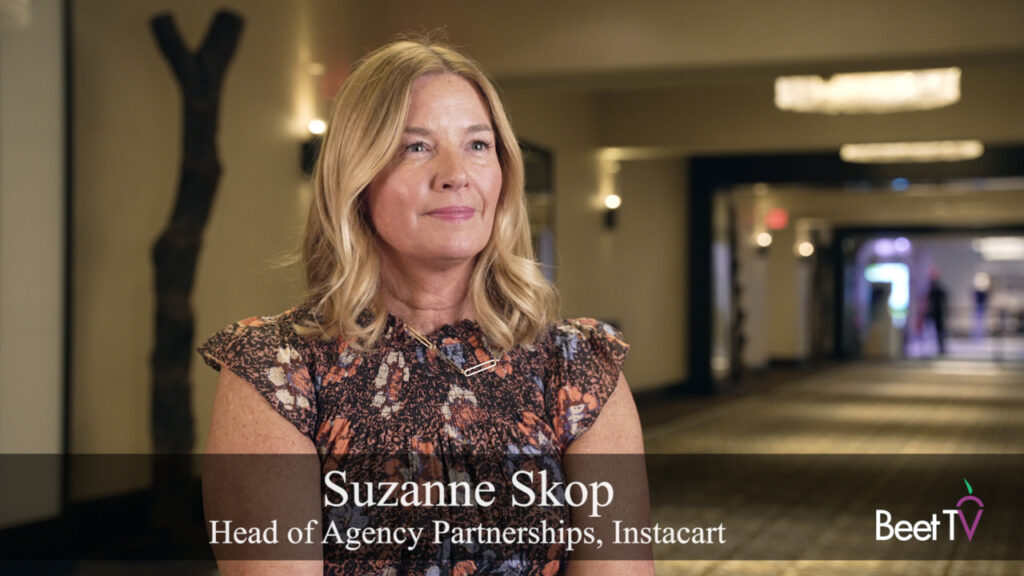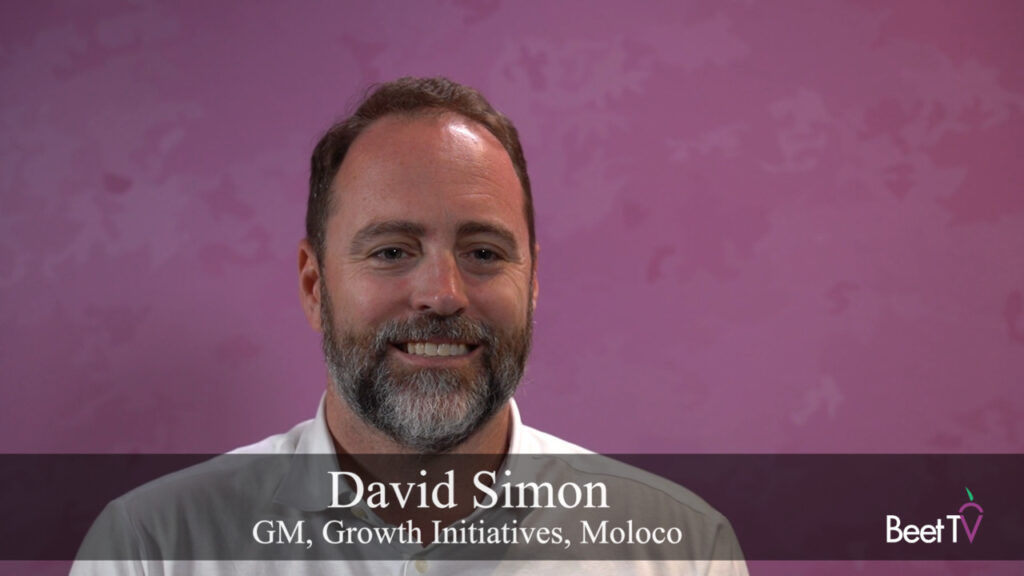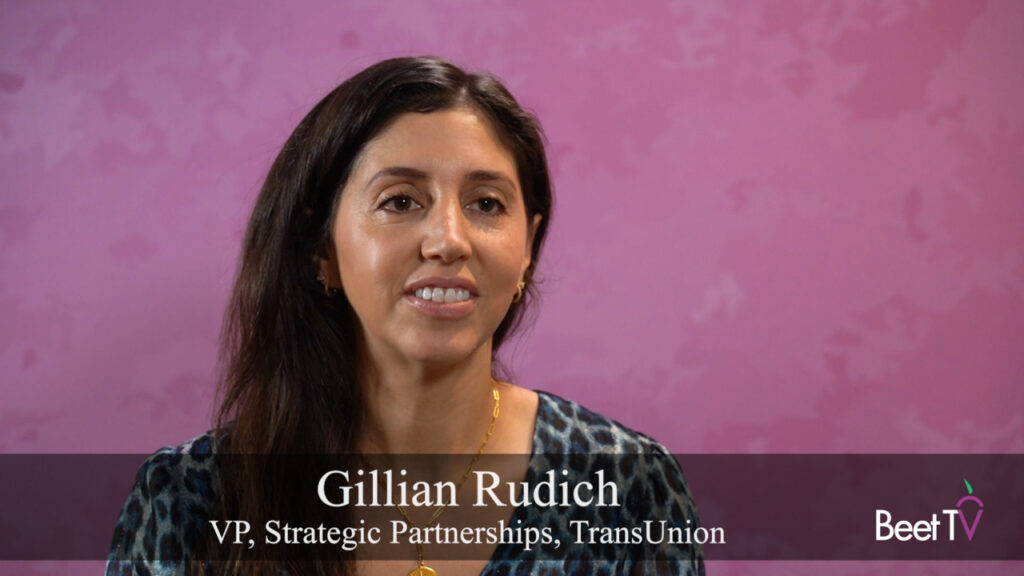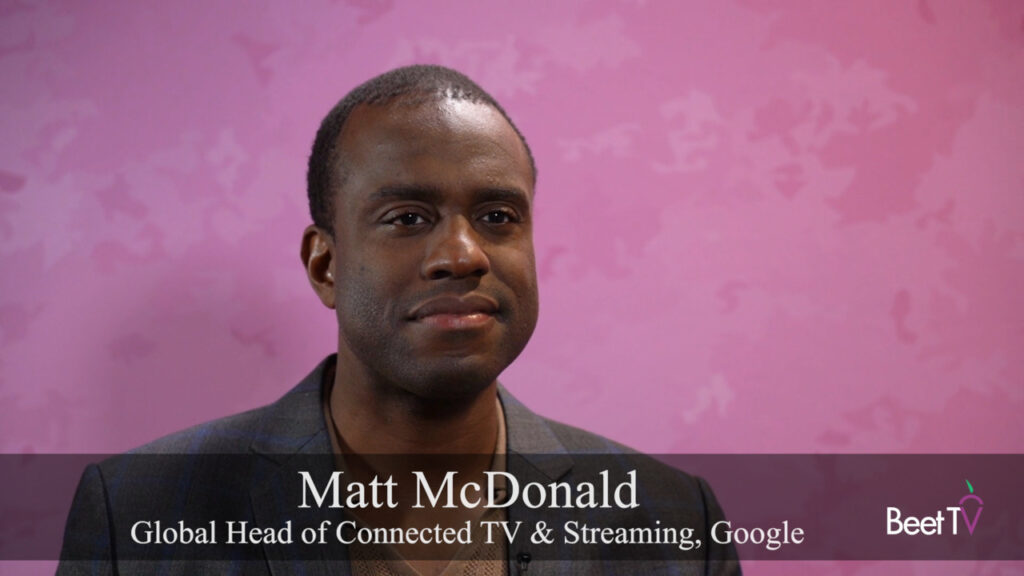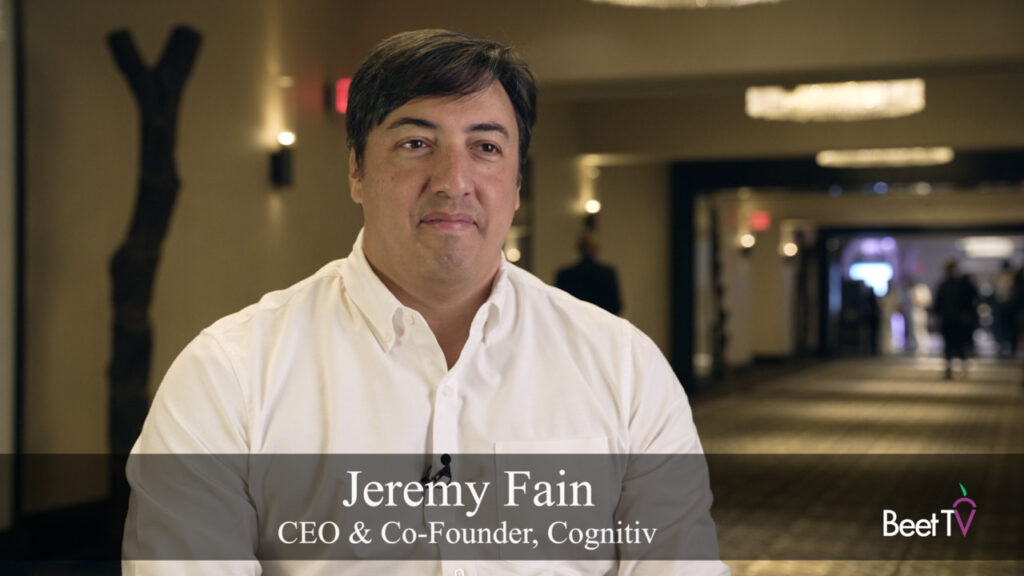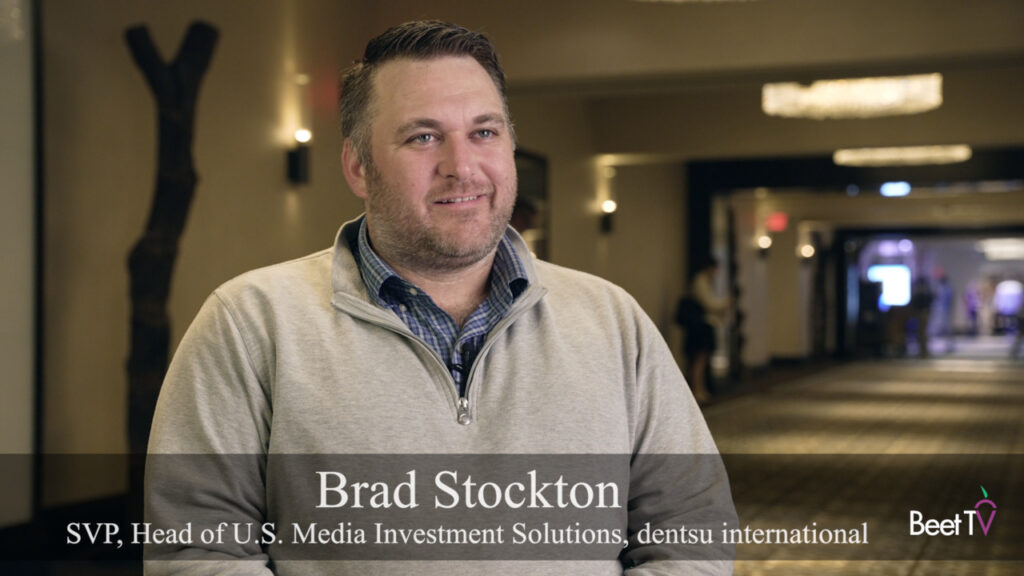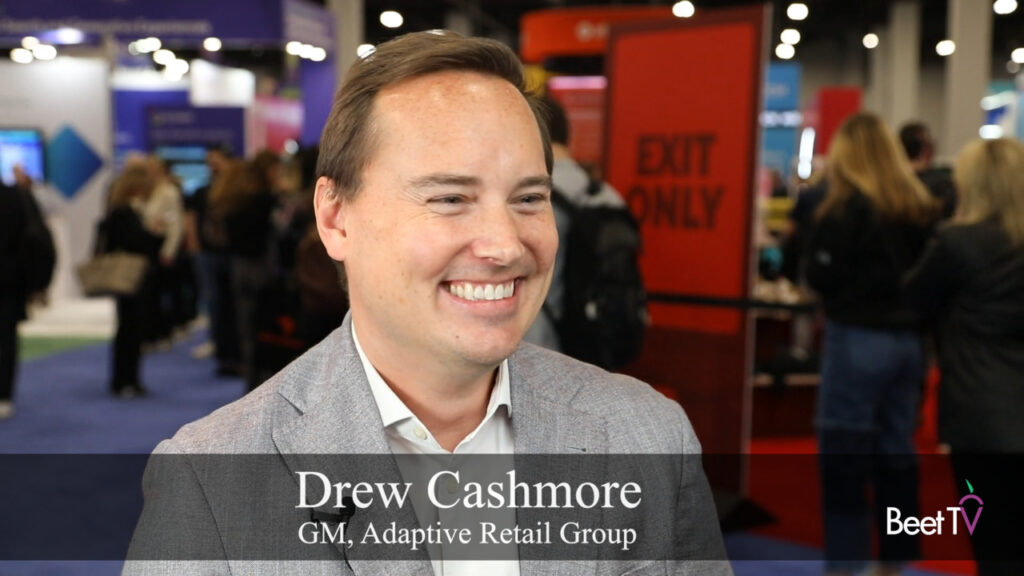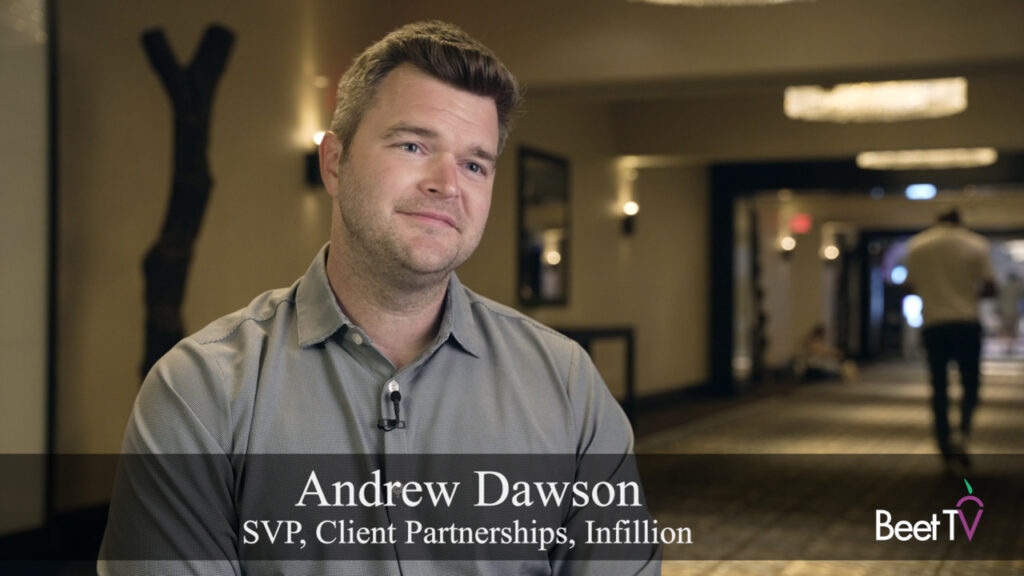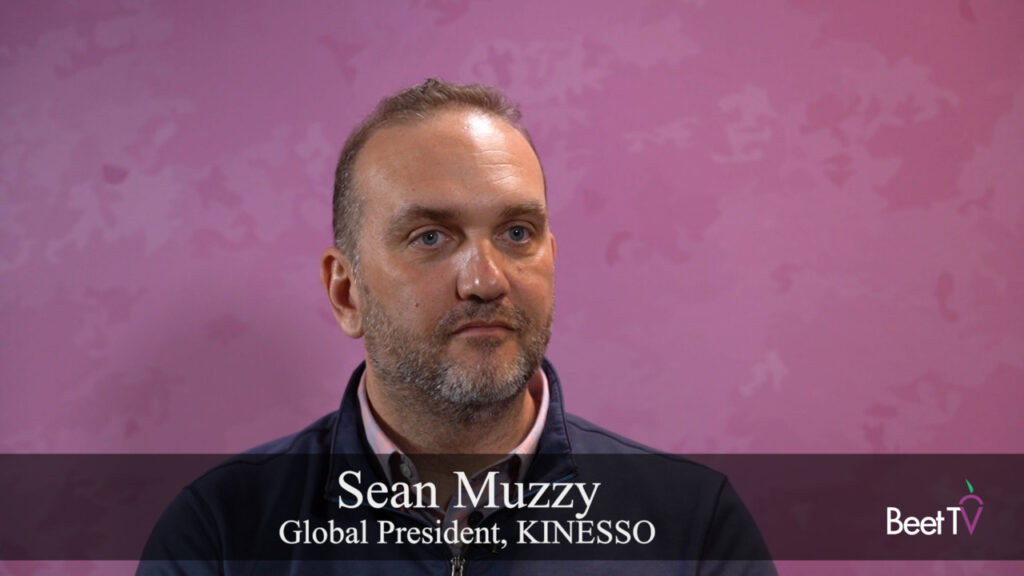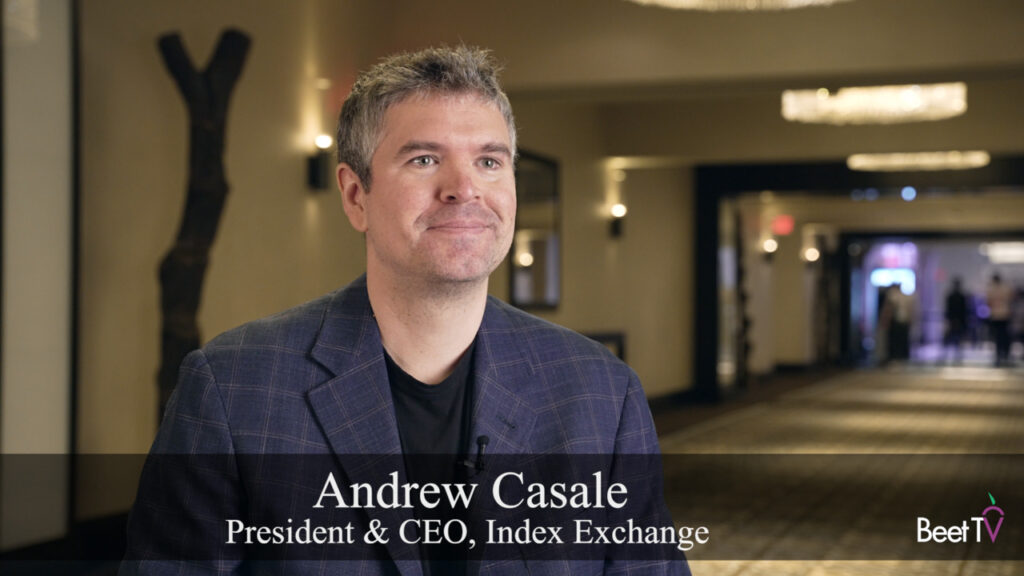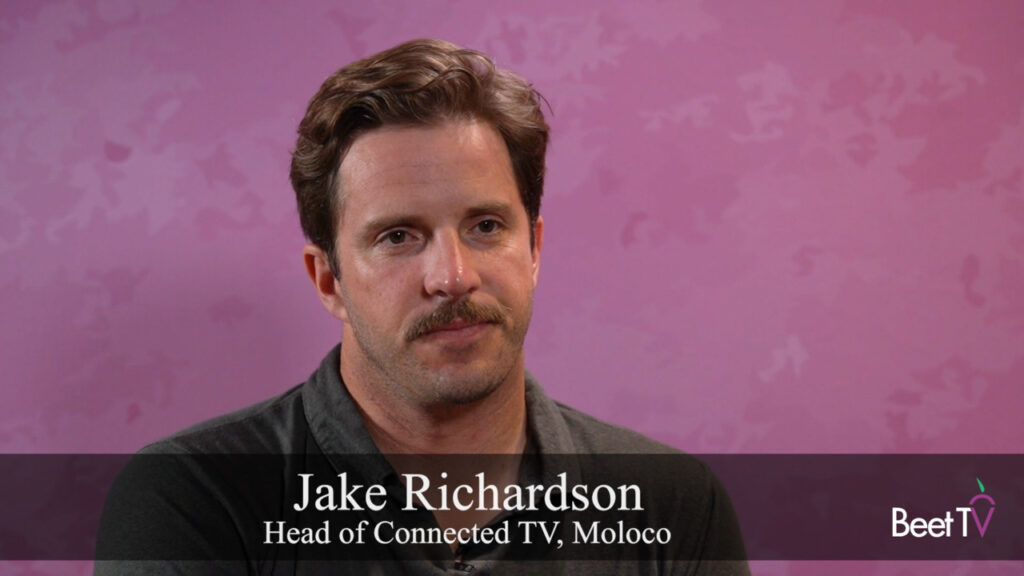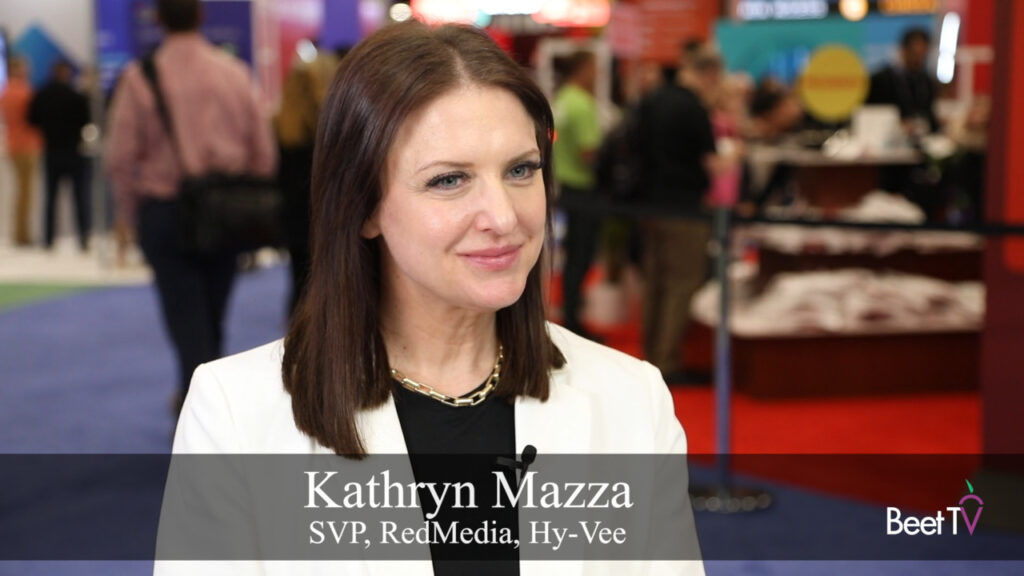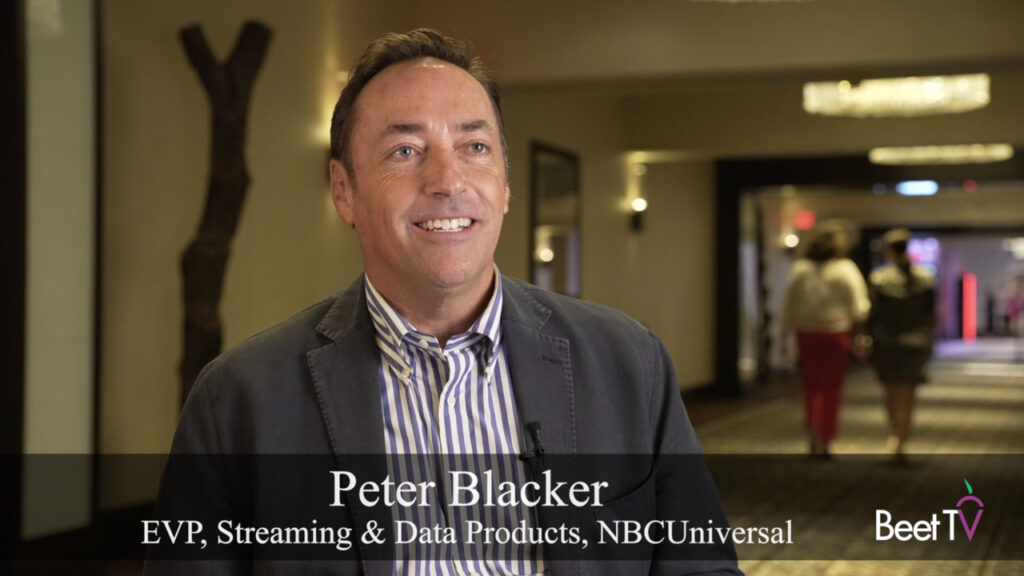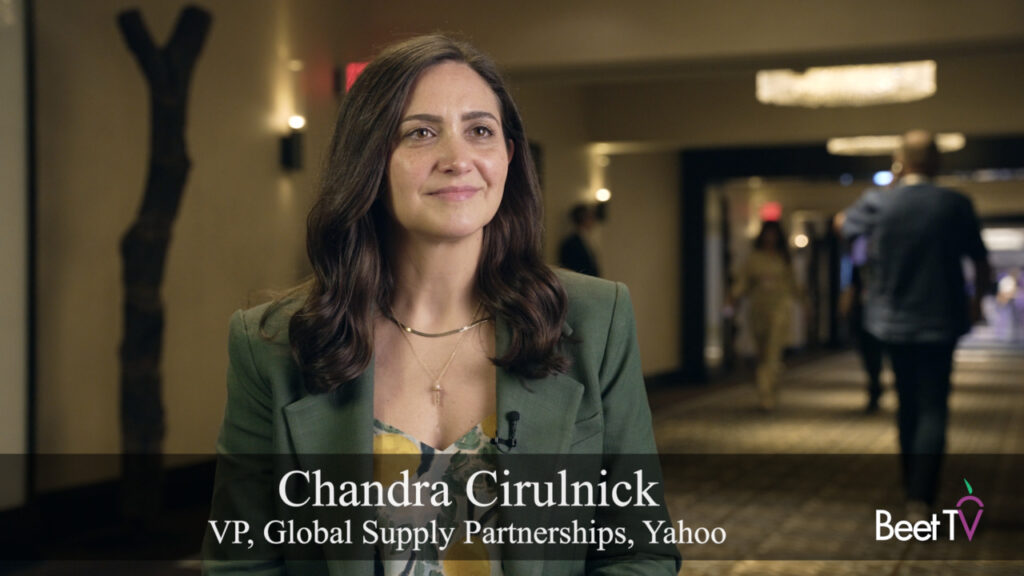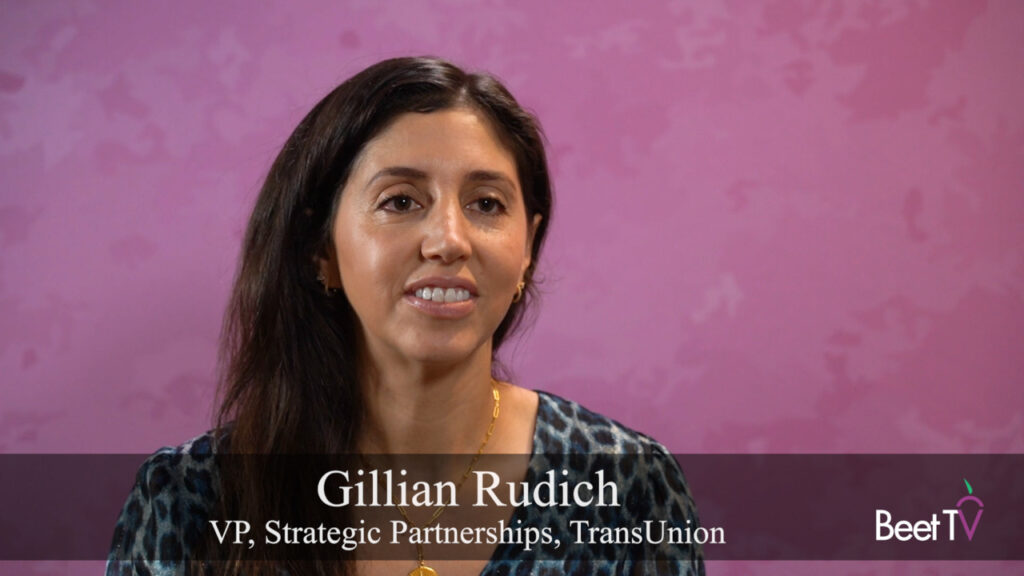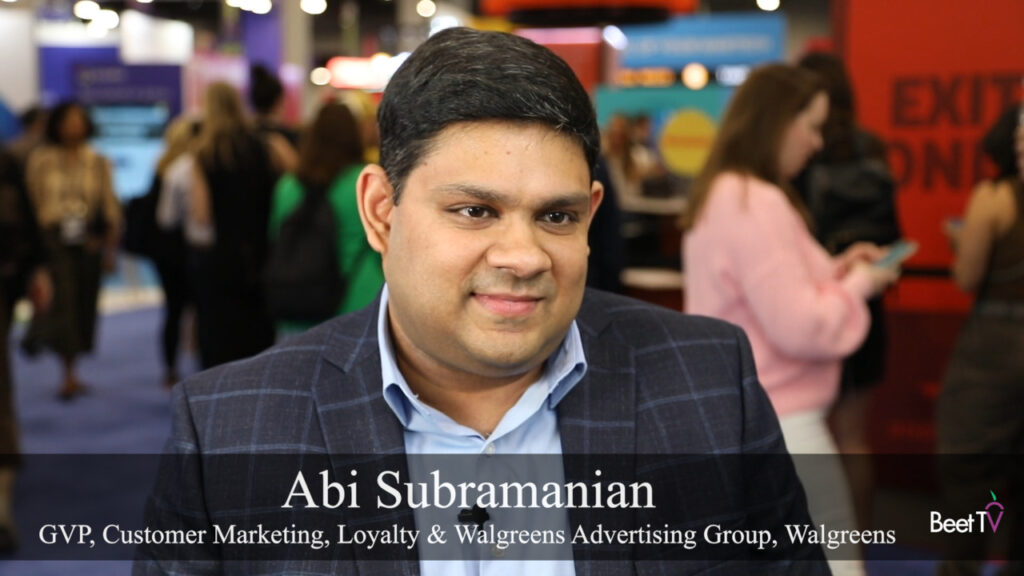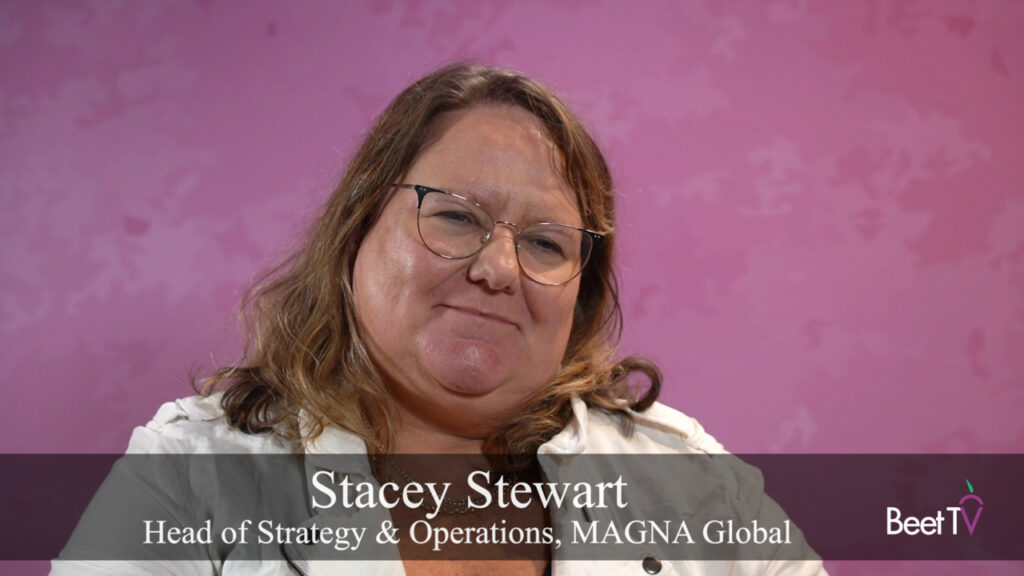MIAMI – Even though addressable television advertising is outpacing audience-indexed programmatic and over-the-top TV, OTT “is going to be the end game,” according to Jonathan Bokor.
In the meantime, unless programmers and MVPD’s come together to make more inventory available for addressable ads, digital “will start to eat television’s lunch,” the Director of Advanced Media at Mediavest | Spark opines in an interview with Beet.TV.
Once all TV migrates to Internet Protocol delivery, advertisers will be able to determine what’s reach and what’s frequency—a distinction now blurred by the rise of different delivery mechanisms over the past few decades. “Eventually, all TV will be delivered by IP and I think that will open up a lot of possibilities and make things simpler,” Bokor says in response to a question from interviewer Tim Hanlon, Founder and CEO of The Vertere Group.
Those possibilities include the ability to re-aggregate reach caused by viewing fractionalization. “Once you move towards all IP and now we have a limited number of identifiers that we can match in a DMP, you can know exactly what is reach and what is frequency,” Bokor explains.
Marketers will still have mass reach against broad targets, along with being able to do more granular audience targeting on an impression-by-impression basis to reduce or eliminate waste, according to Bokor. “Those two tools will be used in combination for a more sophisticated way of blending those two techniques to get at whatever goal a marketer has,” he says.
Asked by Hanlon why there isn’t more addressable TV inventory available, Bokor points to the age-old relationship between networks and MVPD’s. It’s a union that has centered on subscriber fees and distribution.
“And that has been a contentious relationship” that has typically favored the programmers, says Bokor. “That’s why those fees go up regularly and the cost of a pay TV subscription goes up regularly,” he adds. “But I think you’re starting to see that that’s fraying.”
He thinks the situation has reached the upper limit of what marginal subscribers are willing to pay for cable TV packages. “I think we’re starting to see that the two sides need to come together a little bit and hopefully they will come together and find a way to share the cost and benefits of implementing addressable,” Bokor says.
While 1% of TV spending now devoted to addressable is “pretty impressive,” the industry cannot get to 25% using just local inventory controlled by MVPD’s. This problem does not exist on the digital side, which is why digital as a whole is bigger than TV and soon, mobile alone will be bigger than TV, according to Bokor.
Digital “will start to eat television’s lunch if television doesn’t start to make these capabilities available,” he says.
This interview was conducted at Beet Retreat 2016: The Transformation of Television Advertising, an executive retreat presented by Videology with AT&T AdWorks and the 605. Please find more videos from the event here.






